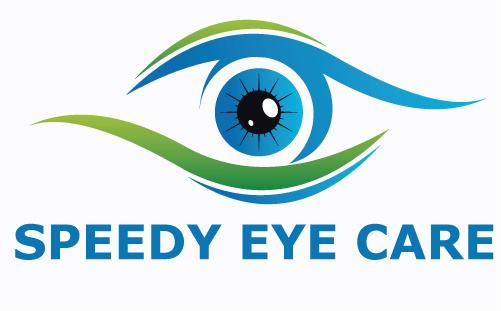
A children’s eye exam is a comprehensive assessment of your child’s eye health and vision performed by an optometrist or ophthalmologist. Eye exams for children are very important to ensure your child’s eyes are healthy and have no vision problems that could interfere with school performance and potentially affect your child’s safety. Children often are unable to realize issues with their vision, which makes it imperative to have their eyes checked regularly.
Children need the following visual skills that are essential for optimal learning:
- Excellent visual acuity at all distances
- Accurate and comfortable eye teaming skills
- Accurate eye movement skills
- Accurate and comfortable focusing skills
Children should have their first comprehensive eye before 3 years old. School-aged children should have an eye exam at least every year even if no vision correction is required. Children who need eyeglasses or contact lenses should be examined annually or as recommended by their eye doctor.
In addition to nearsightedness, farsightedness, and astigmatism, common vision problems of schoolchildren include:
Lazy eye (amblyopia) is decreased vision in one or both eyes without detectable anatomic damage. Unfortunately, amblyopia is not always correctable with eyeglasses or contact lenses and may require eye patching to strengthen the weaker eye.
Crossed or misaligned eyes (strabismus) can have different causes, such as problems with muscle control in the affected eye or eyes. Strabismus is a common cause of amblyopia and should be treated early in childhood so vision and eye teaming skills can develop normally.
Most vision problems, such as lazy eyes, are best treated if they are detected and corrected as early as possible while the child’s vision system is still developing to prevent lifelong ailments and, in some cases, even blindness.
